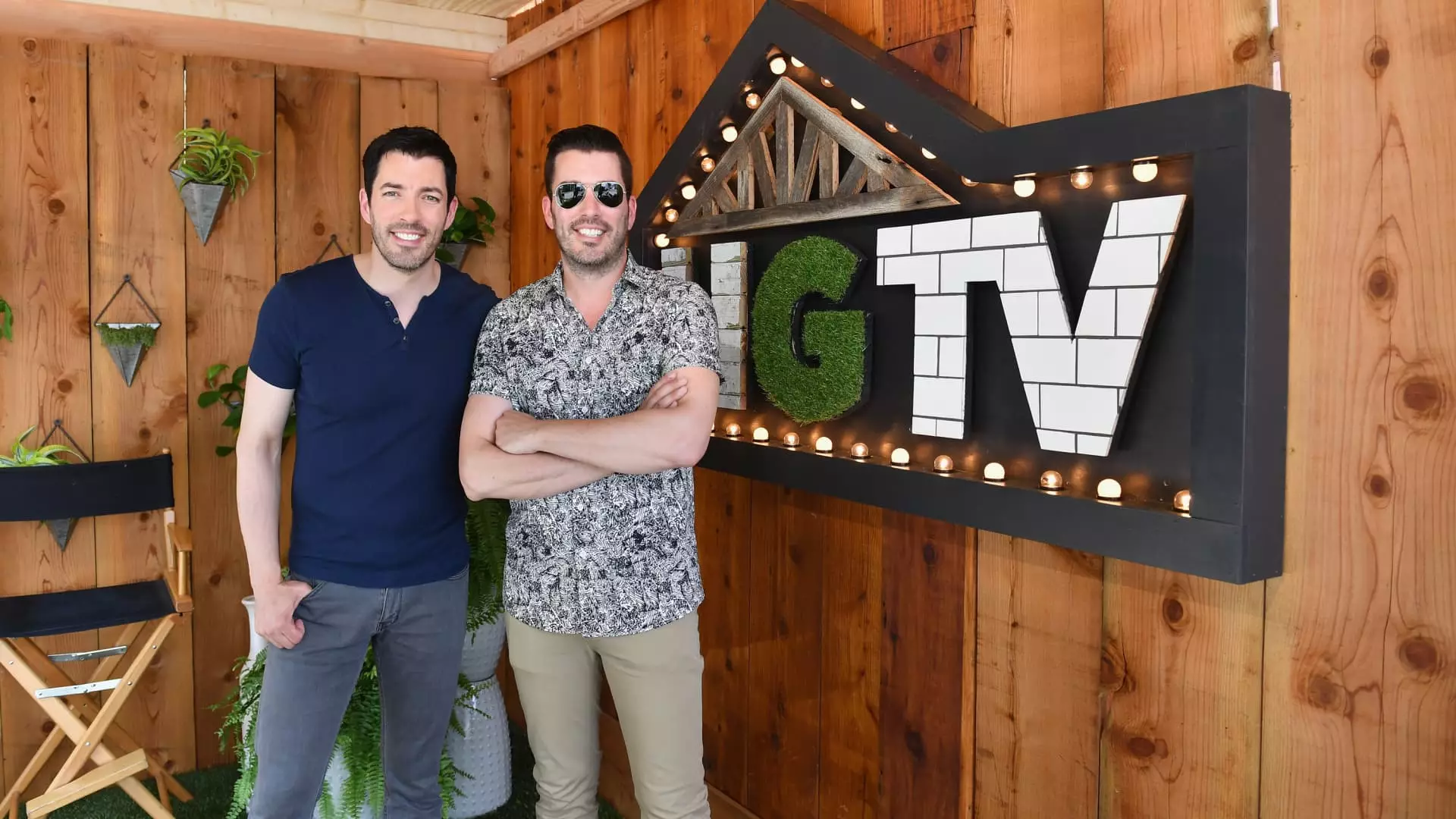The quest for home ownership in today’s economic climate is fraught with challenges, primarily stemming from a significant housing shortage. Drew and Jonathan Scott, hosts of a popular home design series, emphasize that the scarcity of available homes is not just a statistic—it has real implications for prospective homeowners. This shortage impacts everything from homelessness to the rising costs of properties, creating a situation where many individuals, especially younger generations, find themselves priced out of the market.
The U.S. housing market reflects these tensions. According to recent data, the median sales price for homes was reported at $412,300 in the second quarter of 2024, a decrease from earlier peaks but still substantially high. Such figures highlight the ongoing struggle for many potential buyers, especially as there remains a staggering deficit of approximately 4 million homes. This gap has developed over years, exacerbated by slow construction growth and the increased competition among buyers for what limited inventory exists.
One of the compounded issues affecting the housing market is the sluggish pace of new home construction. As of September 2024, data shows that single-family housing starts had just reached over one million, marking a slight increase but still reflecting an insufficient response to the growing demand. The underlying problems in the construction sector contribute to the challenges faced by buyers, who find themselves in bidding wars and facing escalating prices without sufficient homes to choose from.
Interestingly, there’s been a recent uptick in the number of home sellers. This could be attributed to many owners previously feeling “locked-in” to their low mortgage rates from the pandemic era. As the market shifts, these homeowners may be more willing to list their properties, which could slightly alleviate the supply issue. However, this trend is not enough to fundamentally alter the state of the market, given the extensive housing shortage.
Despite these hurdles, the Property Brothers maintain that investing in real estate still holds value. They point to impressive figures indicating that U.S. homeowners with mortgages collectively possess over $17.6 trillion in net equity, showcasing the long-term benefits of homeownership. The increase in home equity by $1.3 trillion within the year provides a compelling reason to consider purchasing, despite short-term difficulties.
Jonathan Scott advises potential buyers to think beyond immediate frustrations and consider the long-term benefits of homeownership. Waiting a few years when market conditions improve may be a prudent strategy for many. Additionally, the Scotts suggest alternative approaches, such as forming partnerships with family or friends to share the financial burden of purchasing a home.
With the housing market presenting numerous obstacles, creativity becomes crucial for those eager to own a home. Innovative solutions, such as co-buying with relatives or friends, can mitigate some challenges posed by rising prices and limited availability. By pooling resources, buyers may access opportunities that would otherwise be unattainable individually.
While the current housing market poses significant challenges primarily due to a persistent shortage of homes, prospective buyers can still navigate this landscape through strategic thinking and a long-term investment mindset. The journey to homeownership, though complicated, can still yield rewarding avenues for those who remain resilient and resourceful.

